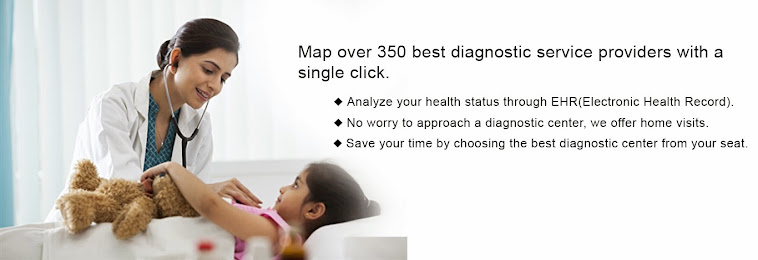World AIDS Day
1st December
All
you need to know about AIDS (Acquired Immuno Deficiency Syndrome)
i). South
Africa -Largest population living with the disease about 5 million people
iii). India-
3rd largest population living with the disease about 2.0 million
people
Transmission
of human immuno deficiency virus
- Sexual intercourse is the most common way of transmission. Condom use reduces the risk of transmission by approximately 20-fold. Individuals with genital ulcers or sexually transmitted diseases, such as syphilis, chanchroid, herpes, gonorrhea, chlamydia, and trichomoniasis, are the great risk for contracting HIV.
- The use of contaminated needles or other injection-related paraphernalia by drug users has been the main cause of parental transmission of HIV.
- Healthcare workers have a small risk of occupationally acquiring HIV, mostly through accidental injury.
- Perinatal infection, or vertical transmission, is the most common cause of pediatric HIV infection. The risk of mother to child transmission is approximately 25% in the absence of breast feeding or antiretroviral therapy. Breast- feeding can also transmit HIV.
Signs and Symptoms
- Viral syndrome like fever, pharyngitis (inflammation of pharynx), adenopathy (large or swollen lymph nodes). Symptoms may last for two weeks.
- 40-80% of patients will exhibit maculopapular rash usually involving the trunk
- Diarrhea, nausea, and vomiting commonly occurs in infected people
- Most children born with HIV are asymptomatic. On physical examination, they often present with unexplained physical signs such as lymph adenopathy (enlarged lymph), hepatomegal (enlarged liver), spleenomegaly ( enlarged spleen), failure to thrive, and weight loss or unexplained low birth weight. and fever of unknown origin.
Diagnosis
- Most commonly used screening method for HIV is enzyme-linked immunosorbent assay (ELISA), which detects antibodies against HIV-1.
- There are several methods used for determining the amount of HIV -RNA.
Treatment.
- The central goal of anti -HIV therapy is to decrease spread and death due to disease through maximum suppression of HIV replication.
- Secondary goals include an increase in CD4 lymphocytes.
General measures to be taken by a
HIV patient.
- Regular periodic measurement of plasma RNA levels and CD4 cell counts. It is necessary to determine the risk of disease progression.
- HIV- infected persons, even those with viral loads below detectable limits, should be considered infectious and should be counseled to avoid sexual and drug use behaviors that are associated with transmission or acquisition of HIV.
Treatment during pregnancy.
- Therapy during pregnancy is warranted in light of the dramatic reduction in transmission seen with Zidovudine monotherapy. In general, pregnant women should be treated similar to non pregnant adults.
- Efavirenz drug which is usually used to treat HIV is avoided in infected pregnant women because it causes abnormalities in baby.





















